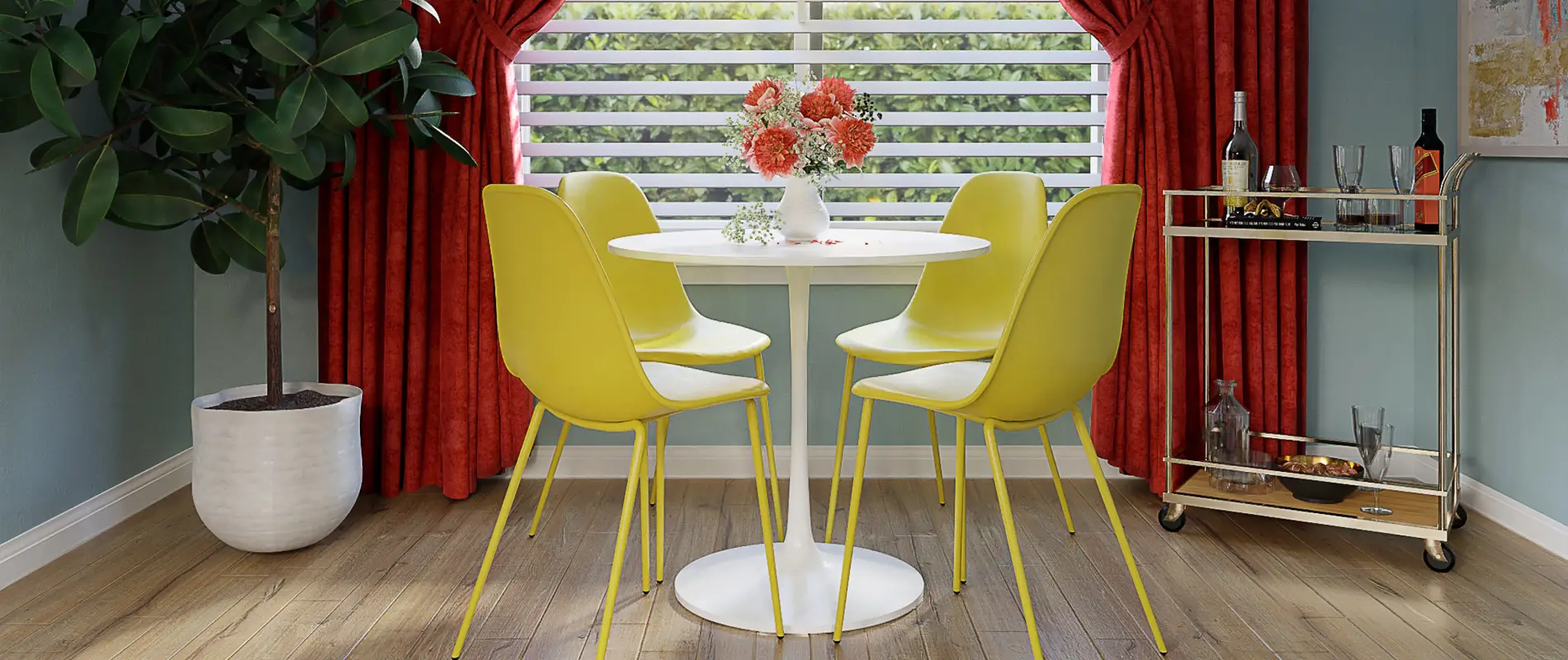© Copyright – Made with Maxi Blocks

WordPress themes: Pure Footer Light PFL-PRO-01
Build WordPress sites with MaxiBlocks. All features free forever. No locked functionality. Optional Cloud Library saves you 10+ hours per project. Start free
Eye-catching footer block design for your WordPress site
Are you looking to enhance your website’s footer? This innovative footer block design could be your answer! Featuring a clean, multi-column layout, it effectively organizes vital information while maintaining a stylish aesthetic.
Original design overview
The footer is ingeniously divided into two main sections:
- Left section: Primarily for exploration links and social media connections.
- Right section: Dedicated to contact information, ensuring easy accessibility for your visitors.
With two columns-one for “Explore” and another for “Say hello”-this design creates a harmonious yet dynamic visual appeal.
Key features and elements
- Distinct headers: Clear section headers, “Explore” and “Say hello,” help users navigate effortlessly.
- Informative text blocks: The “Explore” section features concise links, while “Say hello” provides essential contact details.
- Clickable social media icons: Engage your audience with visible, clickable social media icons, encouraging interaction.
- Typography: A thoughtful mix of bold headers and contrasting smaller text enhances readability and visual interest.
- Minimalist icons: Simple, effective social media icons maintain a clean look without cluttering the design.
Unique aspects of the design
- Motivational phrase: Adding a motivational phrase to the “Explore” section gives this footer a distinct personality.
- Responsive layout: This design is crafted to adapt seamlessly to various screen sizes, enhancing user experience across devices.
- Accessibility considerations: Although testing is required for full analysis, it’s important to ensure colour contrast and text size cater to all users.
Overall style and effectiveness
This footer embraces a minimalist design philosophy, prioritising clear information delivery without excess decoration. The strategic use of white space promotes readability and balance, preventing overcrowding, which can often lead to user frustration.
10 use cases for the footer
1. Business contact info
A footer is a perfect place to put your business’s contact details. This increases accessibility and ensures that visitors can easily find your phone number, email, and physical address. A simple, separately styled section within the footer for contacts helps visitors quickly identify it, increasing your engagement overall. Including links to your business’s Google Maps location and a contact form will further enhance usability, providing customers with multiple avenues to reach out. This not only serves your visitors better but also enhances your site’s overall impact.
2. Privacy policy
It’s essential to include a link to your privacy policy in your footer. Displaying your privacy policy shows that you respect user data and comply with legal obligations. A footer is an ideal location as it ensures accessibility without detracting from your main content. This boosts the trustworthiness of your WordPress website for visitors and can enhance credibility and professionalism in users’ eyes.
3. Social media icons
Integrating social media icons into your footer encourages visitors to engage with your brand across platforms. Simple yet effective, these icons serve as a gateway to your active social communities, increasing your overall reach. By placing them in the footer, you keep the primary navigation uncluttered while making valuable connections clear and accessible. Ensure that the icons are distinctive and clickable, leading directly to your profiles without unnecessary steps.
4. Sitemap link
Adding a sitemap link to the footer can improve user experience significantly by offering an overview of your site’s structure. It helps new visitors understand the layout, aiding navigation throughout your website design. Sitemaps also contribute to improved SEO, as search engines use it to index your pages more effectively. By providing this in the footer, users can find it if they have difficulty navigating the site.
5. Newsletter signup
A call to action for newsletter signups placed in the footer can be a subtle yet effective way to engage visitors. Footers are accessible from any page, providing constant reminders of your newsletter offering. By keeping it simple yet clearly visible, you invite users to stay updated with your latest content, promotions, or products. This can foster a stronger connection to your brand, making it a crucial aspect of your digital strategy.
6. Recent posts
Showcasing a few recent or popular blog posts in your footer can draw attention to your content and keep users engaged longer on your site. This feature can boost your site’s SEO and provide visitors with convenient access to your latest updates. Ensuring that this module is attractively formatted within the footer, using thumbnails or snippets, can increase click-through rates while presenting valuable information accesibly.
7. Client logos or testimonials
Footers can feature client logos or testimonials, which enhance credibility and provide social proof. Because the footer is seen on every page, visitors constantly receive reinforcement about your business’s quality and trustworthiness. Highlighting logos from major clients or testimonials from satisfied customers can be part of a broader strategy to build trust and authority. Combining this with visual appeal, such as professional thumbnails or simple animations, can be a powerful way to convey that trust.
8. Industry accolades and certifications
Displaying industry certifications or received accolades in your footer can further build trust and professionalism. Such recognition, whether through awards or certifications, can give potential clients and partners a reason to choose your business over competitors. A small section dedicated to these elements can be made visually distinct using logos or badges. Including links to the awarding entities adds an extra layer of credibility to your brand’s stature.
9. Affiliate disclaimers
If your website uses affiliate links, it’s crucial to be transparent about it. The footer serves as an excellent location for such disclaimers, meeting legal obligations without cluttering the main page content. Providing information about your affiliate relationships ensures compliance and builds trust with your users. This practice keeps your stated inclinations honest, thus fostering long-term engagement with users and affiliates alike.
10. Motivational quotes or company motto
A motivational phrase or your company’s motto in the footer can imbue a sense of personality and connection. This small, personal touch can make your visitors feel more engaged and possibly more loyal to your brand. Add a quote or mantra that truly represents your business’s ethos and culture, and keep it updated to reflect new campaigns or themes. This is an excellent way to convey what sets your brand apart while leaving a lasting impression.
5 ways to use the footer
1. To enhance navigation
A footer is a great tool for enhancing navigation by including additional links to various important sections of your site. Group related pages together and use descriptive headings to guide users efficiently. This not only helps visitors who can’t find what they’re looking for quickly but also strengthens your internal link structure. Remember to make the design intuitive and easy to comprehend at a glance, ensuring a seamless user experience across your WordPress site.
2. To unify branding
Your footer is an opportunity to reinforce your branding. Elements like logos, taglines, and colour schemes can be placed strategically to establish a cohesive brand identity across your WordPress website. Consistent branding not only makes your website more professional but also ensures that you are memorable to visitors. Use the footer to reflect your brand’s values and personality, leaving an enduring mark on every page.
3. To provide essential information
Footers are an effective place to provide essential information such as contact details, privacy policies, and terms of service. Having these readily accessible caters to user needs and ensures transparency. Unlike top or side menus, footers can serve a niche of users specifically looking for formal information, reflecting dedication to user experience while maintaining a clean site structure.
4. To increase social engagement
Social media icons in the footer encourage extended engagement from visitors beyond the website itself, leading to increased brand presence across platforms. Embed clear, clickable icons that lead directly to your social profiles. This foments community-building and increases avenues for user interaction, which in turn can lead to richer audience engagement and feedback. Keeping these links up-to-date ensures connections are not lost and foster brand loyalty, ultimately reinforcing your online reputation.
5. To distribute promotional content
Utilise the footer to distribute unique or promotional content such as special offers, discounts, or free resources. Because it appears on all pages, the footer can be effective for calls to action encouraging users to explore what’s available. Coupons or promotional videos integrated here can be highly visible without detracting from the content on your main page. This can lead to enhanced conversions, drawing attention to special promotions accessible to a broad section of your site visitors.
What is a footer on a website?
A website footer is the section located at the bottom of a web page, typically containing additional navigational links, contact details, disclaimers, or social media icons. It serves as a complementary area to the main content, providing users with quick access to key information and resources.
What is the size of a website footer?
There is no standard size for a website footer; its dimensions depend on the content you choose to include. However, it’s crucial that the footer is big enough to cleanly display information without looking crowded, maintaining the overall design aesthetic and user experience.
What is the bottom of a website called?
The bottom section of a website is commonly referred to as the “footer.” It houses supplementary navigation, contact information, and legal disclaimers. Despite being the last part of a page, it’s a vital piece for structuring and distributing key content across a site.
How do I add a footer to my website?
To add a footer to your website, you can typically do so through your WordPress theme’s customization panel. If code-savvy, you might edit the footer.php file directly. Using free WordPress themes with intuitive builders can make this process easier, accommodating rich content without technical knowledge.
What elements should be included in a website footer?
Key elements for a website footer often include contact information, social media icons, privacy policies, terms of use, and perhaps a sitemap link. Additionally, showcasing data like testimonials or elegant logo displays can add meaningfulness to your footer design.
How can I make my website footer responsive?
A responsive footer can be achieved by using CSS media queries and a flexible grid layout to adapt content according to screen size. Using a responsive WordPress theme also ensures the footer automatically adjusts for different devices, increasing usability and aesthetic appeal.
What are some best practices for footer design?
Best practices for footer design focus on simplicity, clarity, and utility. This includes organising content logically, ensuring text is legible, and differentiating important sections through subtle design elements. It’s essential to maintain a balance between providing detailed information and avoiding clutter.
How can I customize my WordPress footer without coding?
Many WordPress website builders offer customization options that allow you to change your footer’s content and design without needing to touch code. Widgets and specific theme settings make it easy to add or remove elements, change layouts, and adjust styling through a user-friendly interface.


